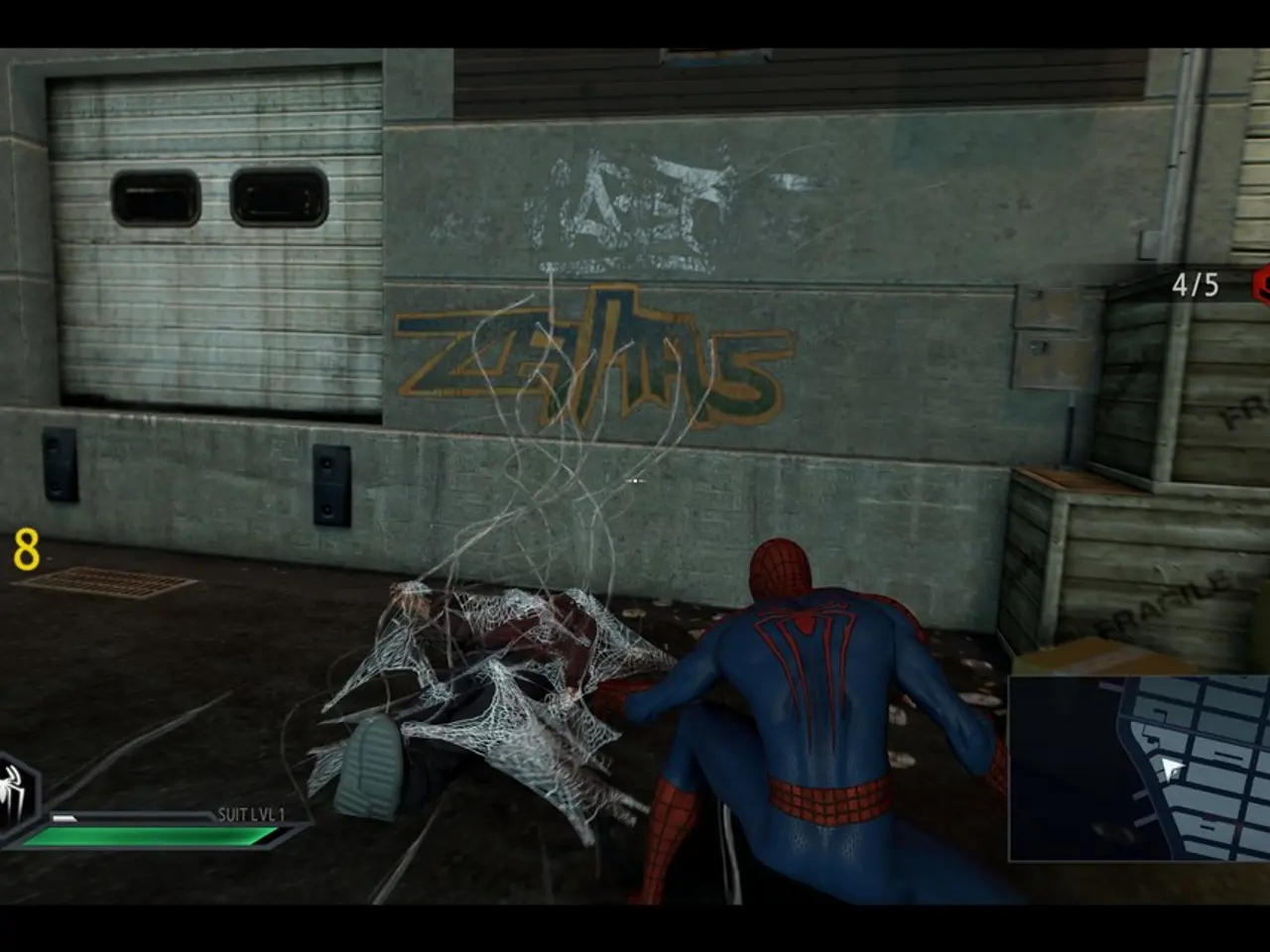The Influence of Dreams and Real Life in the Narrative of This Perplexing Film
==================================================================
In the realm of cinema, some films have masterfully blurred the lines between dream and reality, offering viewers a unique and immersive experience. By delving into the dreamscapes of characters, these movies provide insights into the nature of perception and identity, while enhancing emotional resonance and narrative complexity.
One such film is Christopher Nolan's "Inception" (2010), a science fiction thriller that uses the concept of layered dreams to plant ideas within others' minds. The film's complex dream-within-a-dream narrative deliberately dissolves the boundaries between reality and illusion, ending ambiguously to deepen the uncertainty between what's real and what's dreamed.
David Lynch's "Mulholland Drive" (2001) is another example of a film that blurs the lines between dreams and reality. This surrealist neo-noir movie employs a dream analysis framework, where much of the film is interpreted as a dream of the protagonist. The film shifts between an idealized dream world and harsh reality, deliberately confusing identity and narrative to explore Hollywood fantasies versus failure.
"Donnie Darko" (2001), centering on a teen experiencing visions and surreal events, constructs a reality that feels partly dreamlike and ambiguous until late revelations reframe the entire narrative.
"Uncle Boonmee Who Can Recall His Past Lives" (2010), though less conventional, resists linear storytelling and flows like a dream between the living and the dead, memory and myth. Its scenes appear and disappear abruptly, mimicking the sensation of dreaming.
Other notable mentions include "Memento" (2000), which, while its main focus is on memory loss and non-linear storytelling, challenges perception of reality through fragmented memory, closely related to dreamlike disorientation.
Identifying recurring motifs and symbols within dream sequences can help analyze the symbolism in these films. Paying close attention to colors, objects, and settings within dreams can offer insights into characters' internal conflicts. The indistinct boundaries between dreams and reality create narrative ambiguity, keeping viewers engaged.
These films are exemplary for how their narrative structures and stylistic choices meld dream and reality, creating immersive, often puzzling cinematic experiences. By examining these movies, we can gain a deeper understanding of the power of dreams in storytelling and the human psyche.
- Film critic's reviews often highlight the mesmerizing cinematography and complex narratives found in movies that blend dream and reality, such as the filmmaker Christopher Nolan's "Inception."
- In the world of entertainment, movies like director David Lynch's "Mulholland Drive" and modern home-and-garden decor can both blur the lines between fantasy and reality, offering viewers an intriguing lifestyle experience.
- Sustainable living advocates may find parallels between符号 and the notion of transitioning between different stages or perspectives in dreams, as some of these films demonstrate a similar shift between illusion and truth.
- Animation films, with their ability to create surreal settings and dreamlike sequences, provide a unique genre for directors to explore the fantasy realm and imaginary lifestyles.
- With prominent themes revolving around dreams, movies-and-tv shows offer a rich medium for exploring the complexities of human perception and identity.
- The dynamic combination of dream sequences and realistic scenes in movies such as "Memento" and "Uncle Boonmee Who Can Recall His Past Lives" provides evidence that exceptional filmmaking can result in an engaging entertainment experience.
- The art of storytelling often draws inspiration from the human psyche and the way dreams affect our lives, from the intricate plots of blockbuster movies to the simple tales shared within the pages of books on movies-and-tv or home-and-garden literature.




